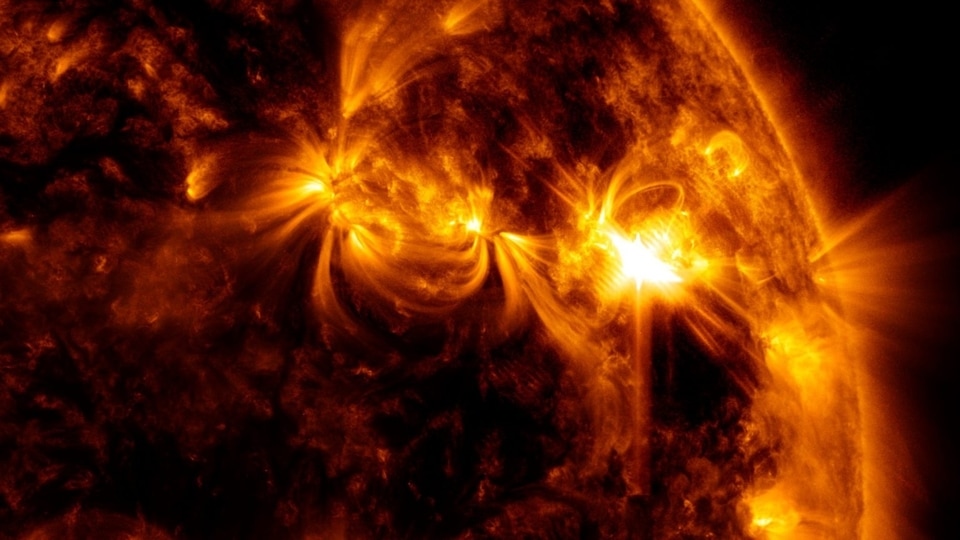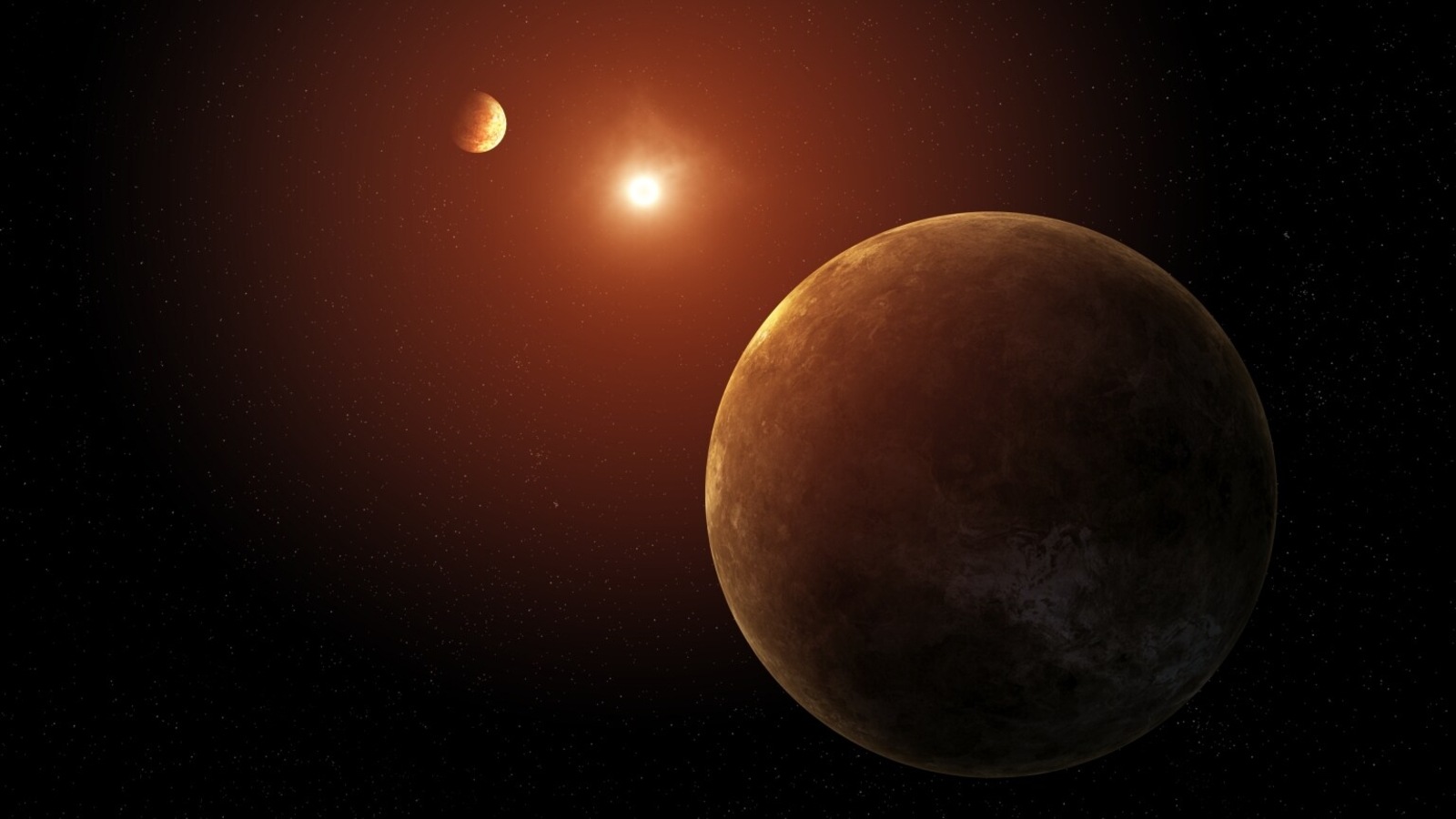NASA’s Kepler Telescope reveals 7 searingly hot exoplanets orbiting a star
NASA’s Kepler telescope's data unveils seven scorching exoplanets orbiting a Sun-like star, offering insights into diverse celestial worlds beyond our solar system.






 View all Images
View all ImagesYou may have heard a lot about the iconic Hubble Space Telescope and the famous James Webb Space Telescope, but NASA has an array of other telescopes that have rendered yeoman's service and one of them is the Kepler Space Telescope. NASA's Kepler Space Telescope, which retired in 2018, remains a source of scientific discovery as its data uncovers exciting revelations. A recent study led by a team of researchers has unveiled the existence of 7 scorching hot exoplanets orbiting a single star. These planets receive more intense heat from their star, per unit area, than any celestial body in our solar system.
Located within the Kepler-385 system, all these exoplanets are larger than Earth but smaller than Neptune, marking a rare discovery of a system with more than six confirmed planets or planet candidates. At its core lies a star resembling our Sun, with a 10% larger size and 5% higher temperature. The two inner planets, slightly larger than Earth, are believed to be rocky and possibly possess thin atmospheres.
We are now on WhatsApp. Click to join.
In contrast, the remaining five planets are considerably larger, boasting a radius twice that of Earth, and are expected to be enveloped in dense atmospheres.
A Catalog Unlocking the Secrets of Exoplanets
The lead author of the study, Jack Lissauer, a research scientist at NASA's Ames Research Center in California's Silicon Valley, emphasized the significance of the newly assembled exoplanet catalog. This comprehensive catalog offers precise information on Kepler planet candidates and their properties, providing astronomers with valuable data to explore the characteristics of exoplanets in greater depth.
The Kepler-385 system features a Sun-like star, slightly larger and hotter than our own. The two inner planets, with sizes similar to Earth, are likely rocky with the potential for thin atmospheres. In contrast, the other five planets are significantly larger and expected to possess thick atmospheres.
The quality of this new exoplanet catalog allowed researchers to describe the Kepler-385 system in unprecedented detail. Unlike previous catalogs that primarily focused on gauging the prevalence of exoplanets around other stars, this catalog provides accurate data about individual planetary systems, enabling discoveries like Kepler-385.
Although Kepler Space Telescope's primary observations concluded in 2013, its extended mission, known as K2, continued until 2018.
Catch all the Latest Tech News, Mobile News, Laptop News, Gaming news, Wearables News , How To News, also keep up with us on Whatsapp channel,Twitter, Facebook, Google News, and Instagram. For our latest videos, subscribe to our YouTube channel.





























